Prosthodontics
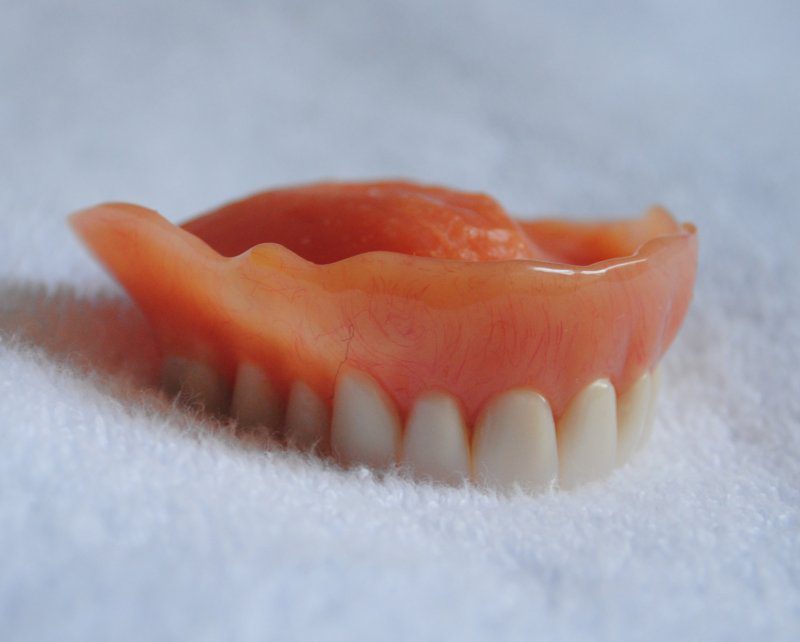
Prosthodontics
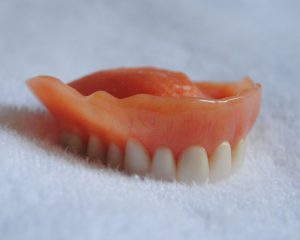
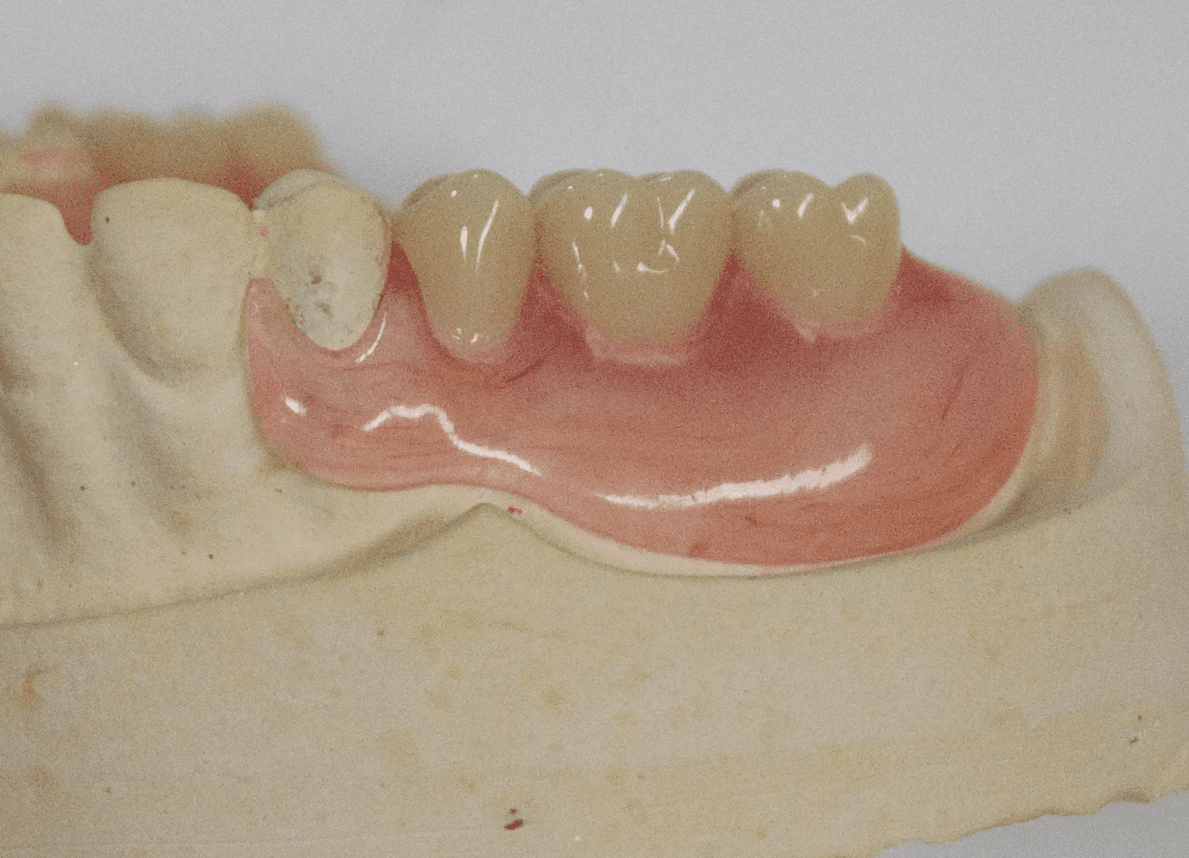
Removable Dentures
These types of dentures can be removed and placed by the patient and don’t require the help of the dentist. These dentures are given for temporary replacement or in case of very little bone and to maintain the space of missing teeth. For this, the dentist makes a mold of the patient’s mouth and sends it to the laboratory. The technician makes the denture with teeth and a gum-like part. The dentist will then place it in the patient’s mouth. This is a time-saving treatment
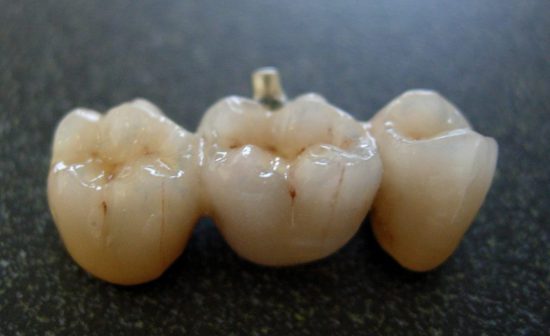
Fixed Dentures
This type of denture cannot be removed or placed by the patient. These dentures are for permanent replacement of teeth with healthy bone and healthy adjacent teeth. There are many types of fixed dentures. For fixed dentures, the dentist grinds the teeth that are adjacent to the missing teeth and then takes the mold of the teeth. This is sent to the laboratory, where the technician designs the artificial teeth. Then finally it is fixed into the patient mouth. This cannot be given if the adjacent teeth are too shaky.

Removable Dentures
These types of dentures can be removed and placed by the patient and don’t require the help of the dentist. These dentures are given for temporary replacement or in case of very little bone and to maintain the space of missing teeth. For this, the dentist makes a mold of the patient’s mouth and sends it to the laboratory. The technician makes the denture with teeth and a gum-like part. The dentist will then place it in the patient’s mouth. This is a time-saving treatment

Fixed Dentures
This type of denture cannot be removed or placed by the patient. These dentures are for permanent replacement of teeth with healthy bone and healthy adjacent teeth. There are many types of fixed dentures. For fixed dentures, the dentist grinds the teeth that are adjacent to the missing teeth and then takes the mold of the teeth. This is sent to the laboratory, where the technician designs the artificial teeth. Then finally it is fixed into the patient mouth. This cannot be given if the adjacent teeth are too shaky.
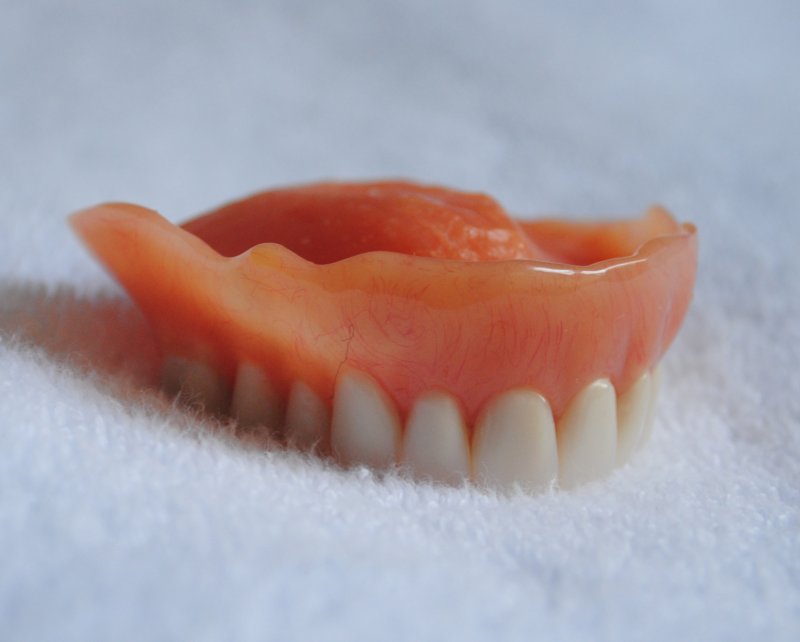
Complete dentures
These types of dentures are for the replacement of the entire set of teeth and can be removed by the patient. The most common reason for losing a complete set of teeth is gum diseases, which results in teeth shaking. As already told there are few disorders where the patient doesn’t have teeth right from birth. In the case of a good bone level, complete denture can be supported by implants (screws). Usually, patients without teeth lack nutrition, as they cannot eat much, so it is very important to replace the teeth. It also increases self-confidence as the face looks full and healthy with the denture.
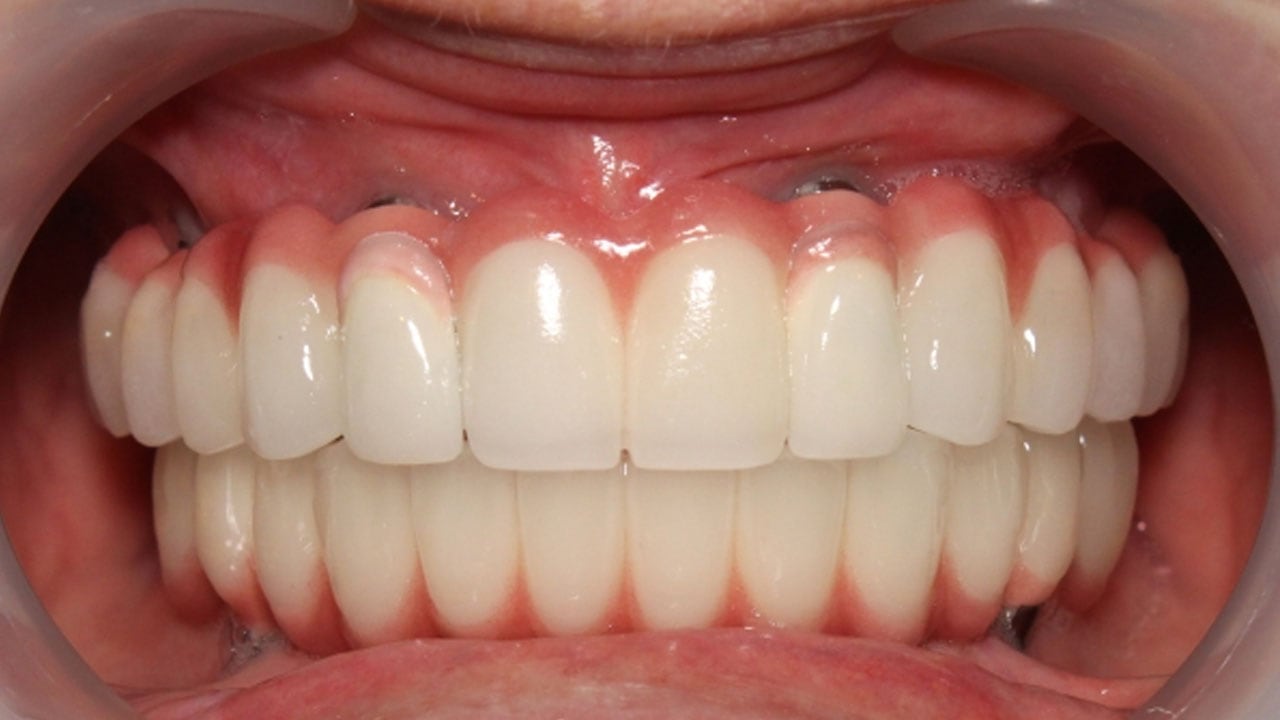
Full mouth rehabilitation
Placement of complete set of fixed caps on the affected teeth and missing teeth is called Full mouth rehabilitation. It may or may not be supported by implants. It is done in case of many missing teeth in the upper and lower jaw. It is also done in patients having night grinding habit, where the tooth structure gets reduced in length. This is usually done in adults to change their smile completely.

Complete dentures
These types of dentures are for the replacement of the entire set of teeth and can be removed by the patient. The most common reason for losing a complete set of teeth is gum diseases, which results in teeth shaking. As already told there are few disorders where the patient doesn’t have teeth right from birth. In the case of a good bone level, complete denture can be supported by implants (screws). Usually, patients without teeth lack nutrition, as they cannot eat much, so it is very important to replace the teeth. It also increases self-confidence as the face looks full and healthy with the denture.

Full mouth rehabilitation
Placement of complete set of fixed caps on the affected teeth and missing teeth is called Full mouth rehabilitation. It may or may not be supported by implants. It is done in case of many missing teeth in the upper and lower jaw. It is also done in patients having night grinding habit, where the tooth structure gets reduced in length. This is usually done in adults to change their smile completely.
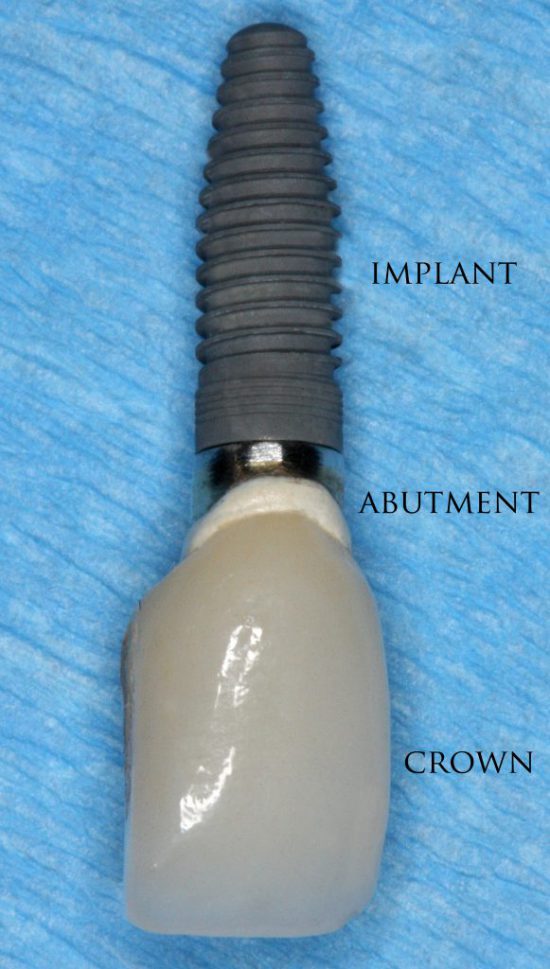
Dental crowns for Implants
Dental Implant placement has two phases. Phase 1 involves surgically placing the implant into the bone and Phase 2 involves placing the dental crown (the visible part of the tooth in the mouth) over the implant. In phase 2, the dentist makes a mold of your mouth and sends it to the lab. The lab technician makes a dental crown for the implant. The dentist then fixes the crown over the implant.
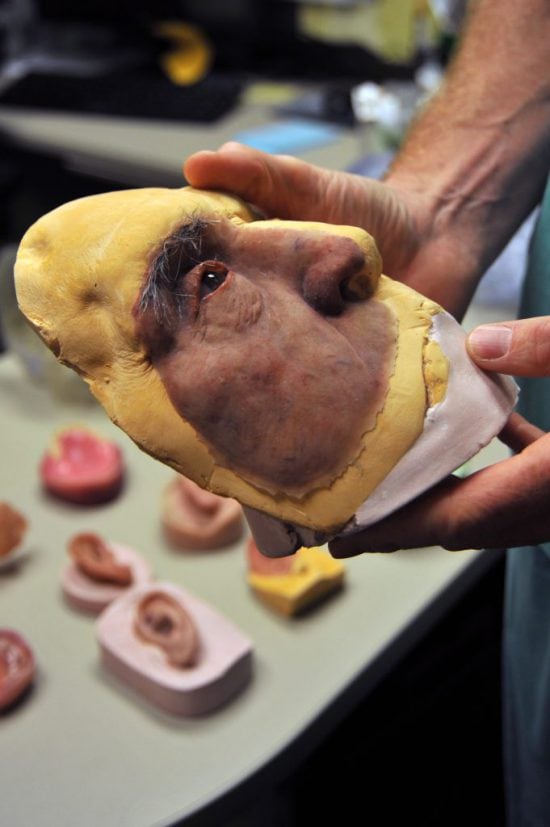
Facial Prosthesis
Prosthodontics not only deals with the replacement of teeth, but also the replacement of damaged facial structures. When a defect in the face can not be corrected surgically a prosthesis is required to change the look of it. The most common prosthesis in the face is for nose, eyes, and ears. Like the artificial teeth, the facial prosthesis is fixed either with the help of implants or adhesives.

Dental crowns for Implants
Dental Implant placement has two phases. Phase 1 involves surgically placing the implant into the bone and Phase 2 involves placing the dental crown (the visible part of the tooth in the mouth) over the implant. In phase 2, the dentist makes a mold of your mouth and sends it to the lab. The lab technician makes a dental crown for the implant. The dentist then fixes the crown over the implant.

Facial Prosthesis
Prosthodontics not only deals with the replacement of teeth, but also the replacement of damaged facial structures. When a defect in the face can not be corrected surgically a prosthesis is required to change the look of it. The most common prosthesis in the face is for nose, eyes, and ears. Like the artificial teeth, the facial prosthesis is fixed either with the help of implants or adhesives.